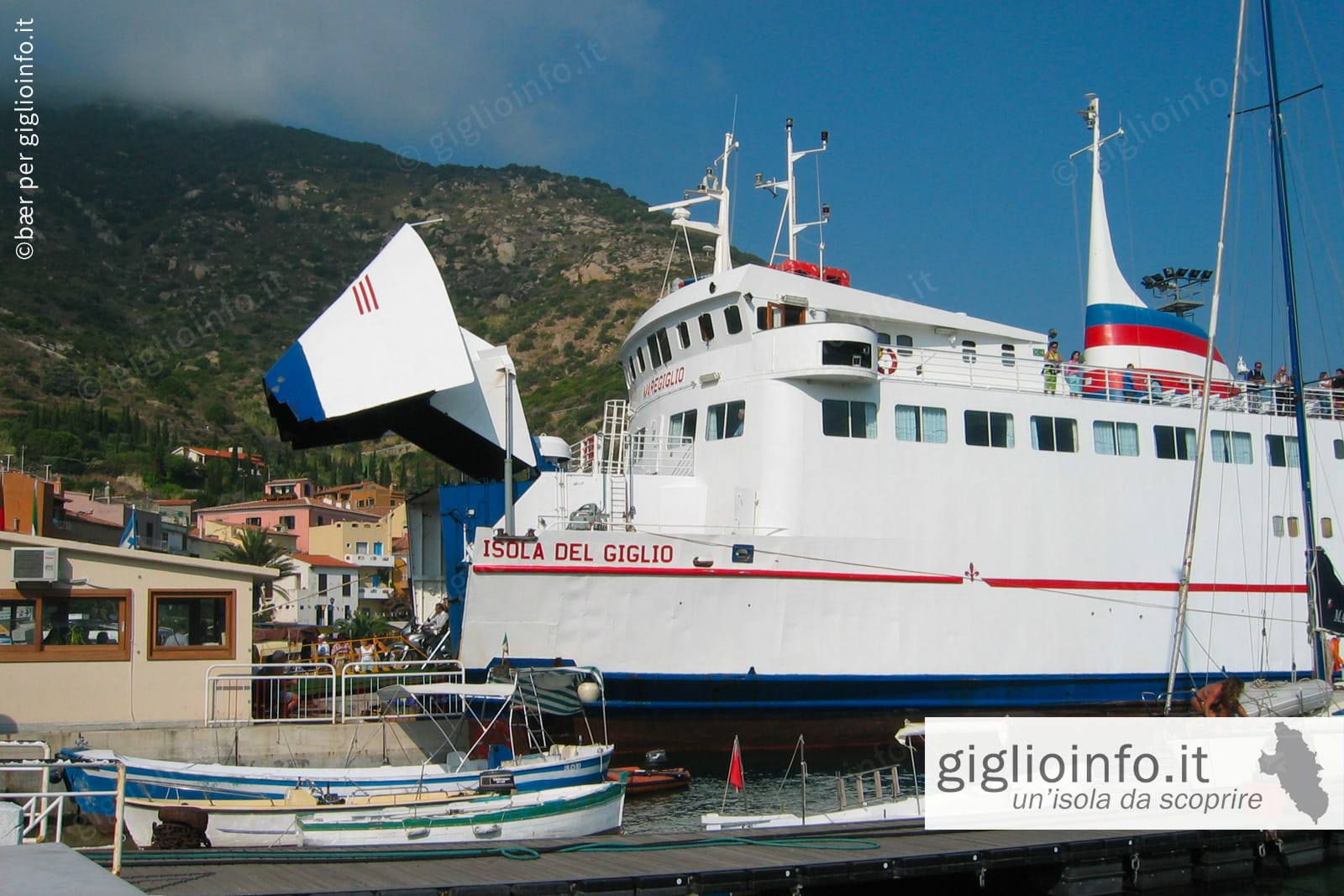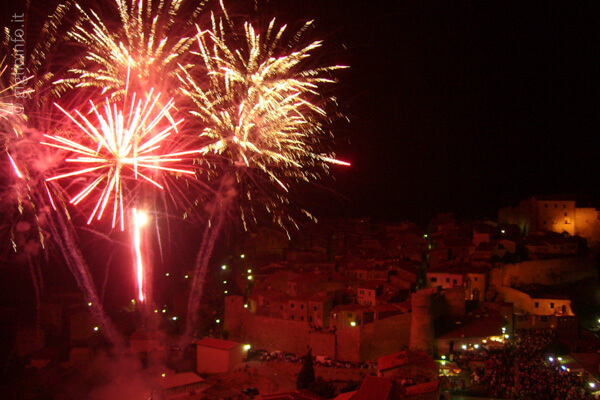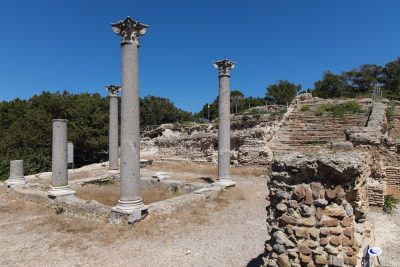The islands of the Tuscan Archipelago
The Tuscan Archipelago is a chain of islands between the Ligurian Sea to the north and the Tyrrhenian Sea to the south, as well as between Corsica to the west and the Tuscan coast. It comprises seven larger islands: Elba, Giglio, Capraia, Montecristo, Pianosa, Giannutri and Gorgona (in order of size). It stretches for 166 kilometres (103 miles) from the northernmost island of Gorgona to the southernmost Giannutri and 56 kilometres (35 miles) from the westernmost (Capraia) to the Tuscan coast. All the islands are protected by one of the largest marine parks in the world, the Tuscan Archipelago National Park, which was established in 1980.
“According to the legend, the goddess Venus, goddess of beauty, when she emerged from the beautiful waters of the Tyrrhenian Sea, dropped seven pearls from the necklace she wore around her neck, which fell into the sea and became the seven islands of the Tuscan Archipelago”
The origin of the archipelago dates back to the Triassic period and the islands, islets and rocks have different geological origins such as igneous, sedimentary and metamorphic rocks. The archipelago is characterised by a Mediterranean climate with high levels of sunshine all year round. The flora and fauna varies from island to island, but mainly all have shrub-like vegetation.

Advertisement
The seven major islands

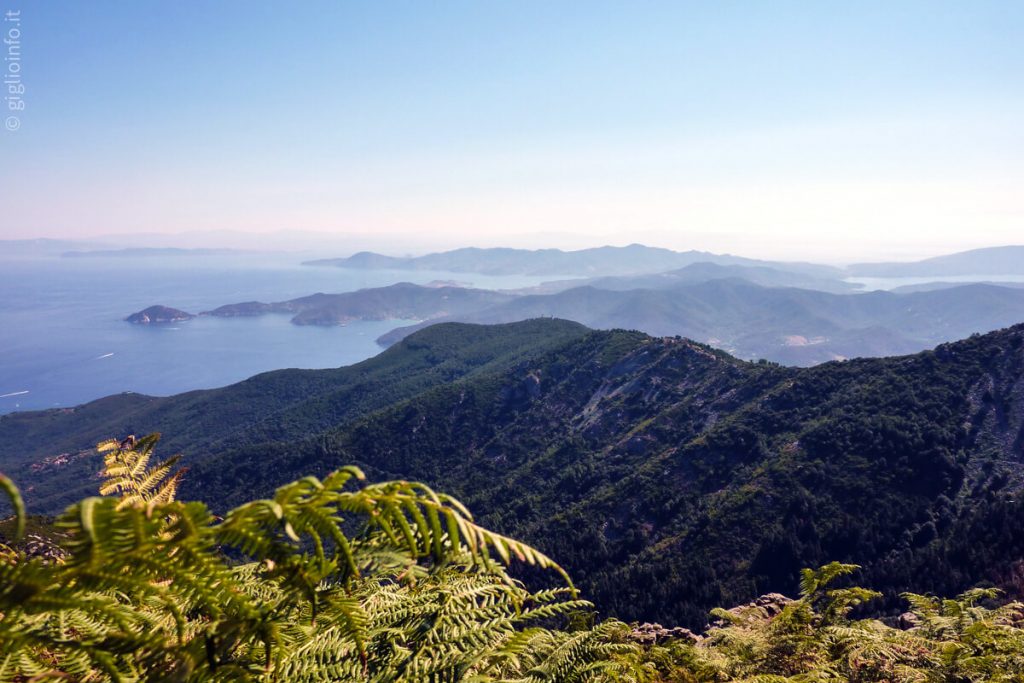
Isola d'Elba
At 223 square kilometres, Elba is the largest island in the Tuscan archipelago and the th largest island in Italy after Sicily and Sardinia. It is located 10 kilometres from the coastal town of Piombino on the Tuscan mainland.
The 147 km long coastline with its bays and varied sandy beaches attracts many tourists every year. The landscape inland is rather mountainous and reaches with Monte Capanne, the highest mountain on the island, 1019 metres.
The island belongs to the province of Livorno and has around 30,000 inhabitants, who mainly live in the 5 larger towns of Portoferraio, Marina di Campo, Porto Azzurro, Procchio and Rio Marina.
Isola del Giglio
The island of Giglio is located south of Elba and, at 21 km2, is the second largest island in the Tuscan archipelago. It is around 16 km from the mainland and the Monte Argentario peninsula.
The coast is around 27 km long and, like Elba, Giglio is rather mountainous: the mountain ridge peaks at Poggio della Pagana at 465 metres above sea level.
Administratively, it belongs to the Province of Grosseto and has around 1,350 inhabitants, who live in the three villages of Giglio Porto, Giglio Castello and Giglio Campese.


Isola di Capraia
Capraia is the north-westernmost of the seven islands in the Tuscan Archipelago and, at 19 km², the third largest after Elba and Giglio.
Like Elba, it belongs to the province of Livorno. It has a coastline of around 30 kilometres. It is an island of volcanic origin and is predominantly mountainous with a mountain ridge that culminates in the 445 metre high Monte Castello.
It was not until 1986 that the government closed the penal colony and opened the island to visitors. Today it has around 400 inhabitants.
Isola di Montecristo
Perhaps the best known of the seven islands thanks to literature is Montecristo, the fourth largest island in the Tuscan archipelago. It is the furthest from the Tuscan coast at around 63 kilometres. Administratively, it belongs to the municipality of Portoferraio (Elba) in the province of Livorno.
The island measures just 10.4 km² and has a coastline of around 16 km. Montecristo is a mighty granite massif that rises steeply out of the sea and reaches 645 metres with the Monte della Fortezza.
A monastic community lived here until the 16th century, but today the island is uninhabited. As an integral nature reserve, visits are only permitted with special authorisation and even fishing, diving and anchoring are prohibited. The Tuscan Archipelago National Park offers a certain number of guided tours (IT) every year, which are organised by boat from Piombino / Elba or Porto S. Stefano / Giglio.


Isola di Pianosa
The Pianosa island lies between Elba and Montecristo and, with an area of 10.25 km² and a coastline of 26 km, is only slightly smaller than the latter. However, it is not mountainous but flat. The coastline is rocky and has only a few beaches.
In 1856, an agricultural criminal colony was established here, which was considered an ideal place for the isolation and guarding of prisoners due to its location. The island has only been open to visitors since the high-security prison was decommissioned in 1999.
Isola di Giannutri
Giannutri is the southernmost island of the Tuscan Archipelago and the sixth largest with an area of 2.6 km². The flat island and its waters are largely a nature reserve, which is specially protected.
With its crescent shape, it has a coastline of around 11 km. Rocky cliffs predominate and there are only two small pebble beaches in the centre of the island, in the bays Cala Spalmatoio and Cala Maestre, where the smaller ferries and excursion boats also dock.
Administratively, it belongs to the municipality of Isola del Giglio and the province of Grosseto.
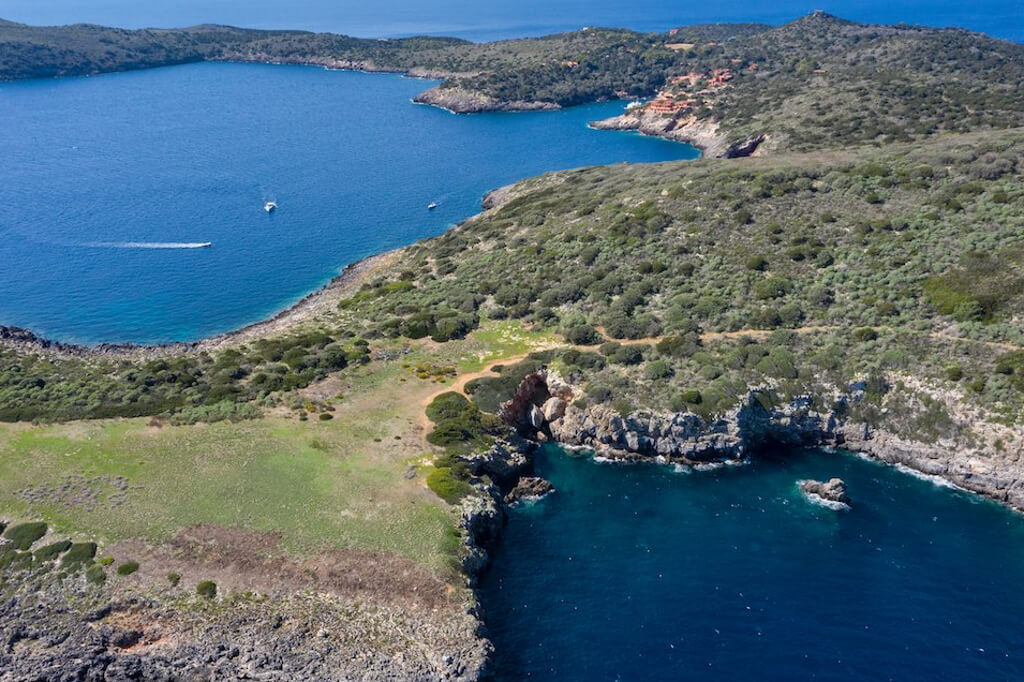

Isola di Gorgona
Gorgona is the northernmost island of the Tuscan Archipelago and the smallest with an area of 2.6 km² and a coastline of 8 km. The island is very mountainous and peaks with the Punta Gorgona at 225 metres.
In the Middle Ages, the island was known for its monastery, which was converted into an agricultural penal colony after its closure in 1869, which is still in operation today.
Around 200 people live on the island, including prisoners, employees and residents. Gorgona is largely protected as a nature reserve both on land and at sea.
Advertisement

Pelagos Sanctuary
Pelagos International Marine Mammal Sanctuary
News of the Tuscan Archipelago National Park
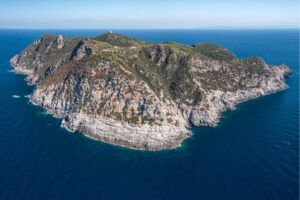
Apre le prenotazioni per la visita all’Isola carcere di Gorgona
Dal 15 febbraio il Parco Nazionale Arcipelago Toscano apre le prenotazioni online per la visita all’Isola carcere di Gorgona in una delle 30 date disponibili
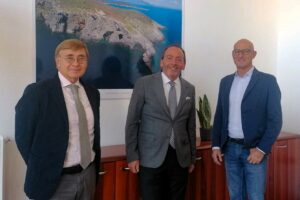
Sette Isole Sette Stanze
Sette stanze per sette isole: il Parco Nazionale Arcipelago Toscano e la Direzione Regionale della Toscana dell’Agenzia delle Entrate promuovono le isole toscane

Calendario 2025 Parco Nazionale Arcipelago Toscano
Dedicato ai rapaci dell’Arcipelago Toscano il calendario 2025 pubblicato dal Parco Nazionale

Gianniutri, controlli nell’area protetta a mare della Guardia Costiera
Non si fermano a Giannutri i controlli nell’area protetta a mare del Parco Nazionale Arcipelago Toscana. La Guardia Costiera rimuove 300 metri di palangaro in

Monitoraggio dell’area marina protetta all’Isola dei Giannutri.
Conlusa importante monitoraggio congiunto GDF, Sea Shepherd e Parco Nazionale Arcipelago Toscano a tutela dell’area marina protetta all’Isola dei Giannutri.

Convegno scientifico conclusivo del progetto LETSGO GIGLIO
Naturalisti e ricercatori a confronto all’Isola del Giglio per il convegno scientifico conclusivo del progetto LETSGO GIGLIO

Visitare l’isola Gorgona – Posti Disponibili
Escursione all’Isola Gorgona: Sabato 19 ottobre e sabato 2 novembre sono ancora disponibili posti!

Concorso UPVIVIUM – Finalista delle Isole di Toscana
Il piatto “pancake quattro stagioni” della squadra ASSAPORA dell’Isola del Elba andrà in fanale per le Isole di Toscana per il Concorso Upvivium 2024
Advertisement

